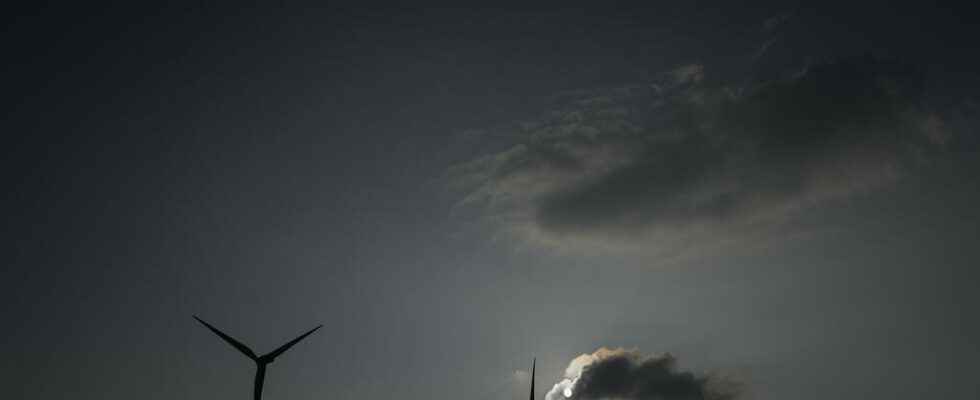Located in the depths of La Botte, in the Puglia region, the park is a symbol of hope for this country which imports almost all the gas it consumes, including 46% from Russia, and which is hard hit. by an energy crisis aggravated by the war in Ukraine.
With our correspondent in Rome, Anne Le Nir
14 years after the start of work, the first floating wind turbines are beginning to point off the coast of Puglia. The Beleolico park, which should be inaugurated in May, will extend to the port of Taranto, the city which is home to the largest and most polluting steelworks in Europe.
According to the company Renexia, which manages the park, its ten turbines will be able to supply energy to some 21,000 homes. Renexia also has a project for a floating park of 190 turbines off the coast of Sicily. It could cover the energy needs of more than three million families. But this project, decried by environmental associations who fear that the installations will disfigure the landscape, is not about to take off.
Replace gas with wind?
On the other hand, the government, which aims to stop importing gas from Russia by 2025, has given the green light to the construction of six new onshore wind farms, from Sardinia to Basilicata in the south of Italy.
Offshore projects are more complex: the average depth of Mediterranean waters is much greater than in other regions such as the North Sea, making installations anchored to the seabed more complex and costly.
The Italian government is also committed to simplifying bureaucratic procedures for companies that want to invest in renewable energies. To date, the country ranks 5th in Europe in terms of onshore wind power installations, with a production capacity of 11,000 megawatts.
